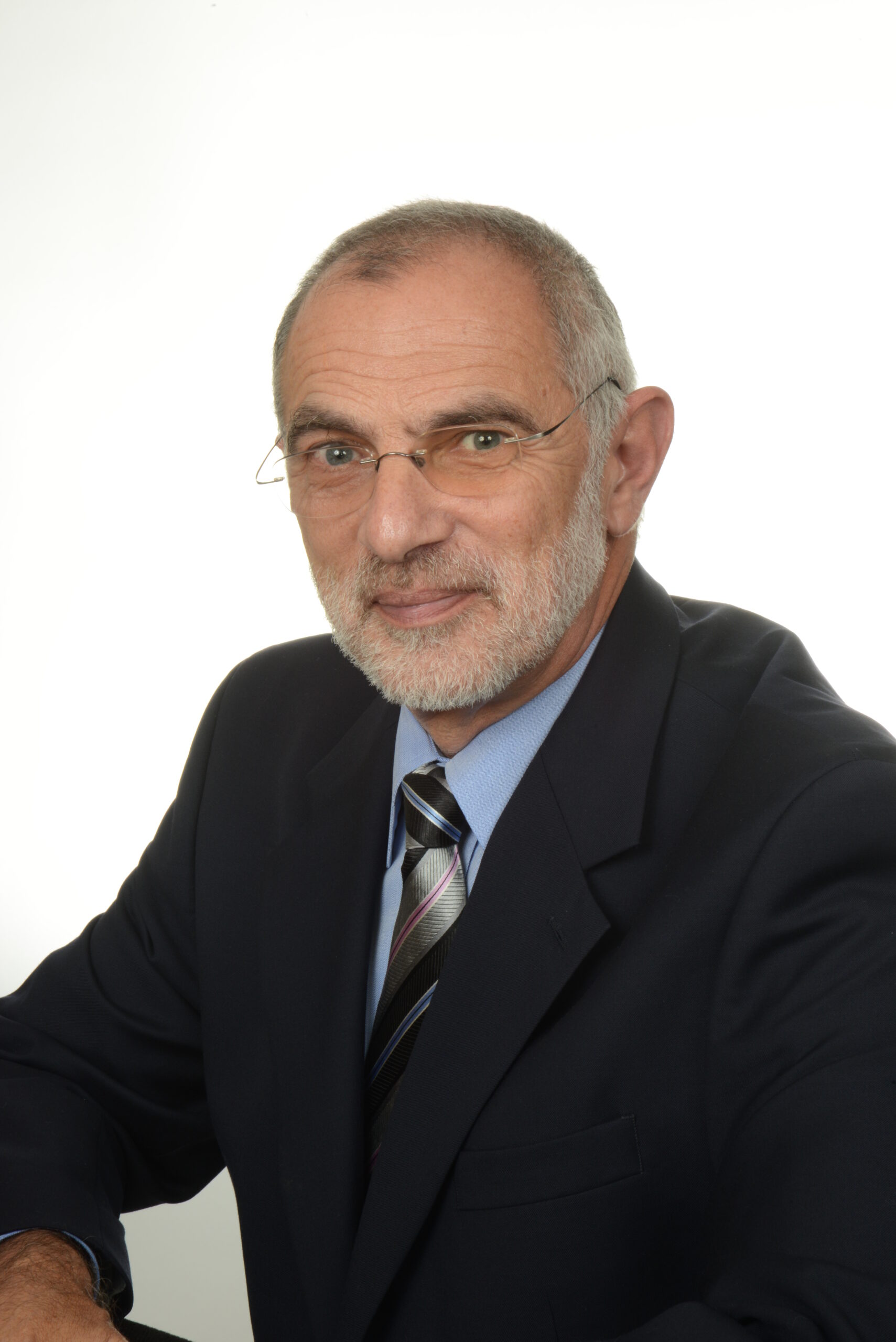 Breast cancer is the most prevalent malignancy affecting women today, with 1 in 7 women being diagnosed. Treatments have evolved over the years to include surgery, chemotherapy, and radiotherapy depending on the extent and type of breast cancer. Surgical treatment of the breast called “mastectomy” can be either partial or complete, and may involve removing some or all the associated lymph nodes. These procedures can be quite deforming to a womens body and therefore, psychologically traumatic for someone already dealing with the burden of having cancer. Breast reconstruction aims to reduce this trauma by re-creating a breast that gives the woman back her natural form. It is an integral part of breast cancer treatment and all patients undergoing mastectomy that are healthy enough for reconstruction should be referred to a plastic surgeon that performs reconstruction.
Breast cancer is the most prevalent malignancy affecting women today, with 1 in 7 women being diagnosed. Treatments have evolved over the years to include surgery, chemotherapy, and radiotherapy depending on the extent and type of breast cancer. Surgical treatment of the breast called “mastectomy” can be either partial or complete, and may involve removing some or all the associated lymph nodes. These procedures can be quite deforming to a womens body and therefore, psychologically traumatic for someone already dealing with the burden of having cancer. Breast reconstruction aims to reduce this trauma by re-creating a breast that gives the woman back her natural form. It is an integral part of breast cancer treatment and all patients undergoing mastectomy that are healthy enough for reconstruction should be referred to a plastic surgeon that performs reconstruction.
It is important for patients to know that the Womens Health & Cancer Rights Act of 1998 requires insurance companies that cover mastectomy to also cover reconstruction, including symmetry procedures for the contralateral breast.
There are a multitude of options in breast reconstruction of which patients should be aware. The appropriate treatment may depend on various factors such as the extent of cancer, breast size, body habitus, patient health, smoking history, previous surgery, history or need for radiation, and patient preference. Often the plastic surgeon may have a preference that is based on their own experience or lack there of. If a patient desires a form of reconstruction not offered by their plastic surgeon, they should seek a second opinion.
The most common type of breast reconstruction is with the use of an implant or “prosthetic”. Usually, this is a staged reconstruction that begins with the placement of a tissue expander that is subsequently filled percutaneously with saline at consecutive office visits. The permanent implant, either saline or silicone, is placed in the second stage. Occasionally, the permanent implant can be placed in first stage, thus avoiding tissue expansion, if sufficient skin is maintained at the time of mastectomy. Advantages of implant breast reconstruction include short operative time and no donor site morbidity. Disadvantages include the need for expansion (usually) and implant problems such as infection, capsular contracture, and rupture (leakage). Patients should be aware that implants dont last forever and will require replacement at some point.
There are several other options in reconstruction that use the patients own tissues to recreate the breast mound. These require a “donor” site to provide the tissue such as the abdomen, back, or buttock. Tissue can either be transferred to the breast while leaving the blood supply (arteries and veins) intact, as a “pedicle flap”, or by dividing the blood supply and reattaching it to new arteries and veins in the chest, as a “free flap”. The tissue transferred usually includes skin, fat, and muscle. However, sometimes the muscle can be preserved at the donor site to maintain that muscle function. This operation is a “perforator flap” that requires dissecting the blood supply as it “perforates” through the muscle after leaving the deeper blood supply beneath it.
If necessary, symmetry procedures are performed on the contralateral breast during the second stage of reconstruction. This may include a breast lift, breast reduction, or breast augmentation for the side that hasnt had mastectomy. When a bilateral mastectomy has been performed, symmetry procedures may also be necessary.
The final stages of reconstruction involve re-creating the nipple-areola complex. The nipple is first reconstructed by various techniques that may involve local skin flaps, skin graft, or sometimes a cartilage graft. The last step is tattooing of the areola to match the contralateral side areola.
As you can see, breast reconstruction is a complex process. It requires several stages and there are numerous options. Together, you and your plastic surgeon should discuss these options to plan which is the best for you.
Post Views: 914
 Breast cancer is the most prevalent malignancy affecting women today, with 1 in 7 women being diagnosed. Treatments have evolved over the years to include surgery, chemotherapy, and radiotherapy depending on the extent and type of breast cancer. Surgical treatment of the breast called “mastectomy” can be either partial or complete, and may involve removing some or all the associated lymph nodes. These procedures can be quite deforming to a womens body and therefore, psychologically traumatic for someone already dealing with the burden of having cancer. Breast reconstruction aims to reduce this trauma by re-creating a breast that gives the woman back her natural form. It is an integral part of breast cancer treatment and all patients undergoing mastectomy that are healthy enough for reconstruction should be referred to a plastic surgeon that performs reconstruction.
Breast cancer is the most prevalent malignancy affecting women today, with 1 in 7 women being diagnosed. Treatments have evolved over the years to include surgery, chemotherapy, and radiotherapy depending on the extent and type of breast cancer. Surgical treatment of the breast called “mastectomy” can be either partial or complete, and may involve removing some or all the associated lymph nodes. These procedures can be quite deforming to a womens body and therefore, psychologically traumatic for someone already dealing with the burden of having cancer. Breast reconstruction aims to reduce this trauma by re-creating a breast that gives the woman back her natural form. It is an integral part of breast cancer treatment and all patients undergoing mastectomy that are healthy enough for reconstruction should be referred to a plastic surgeon that performs reconstruction. 

























